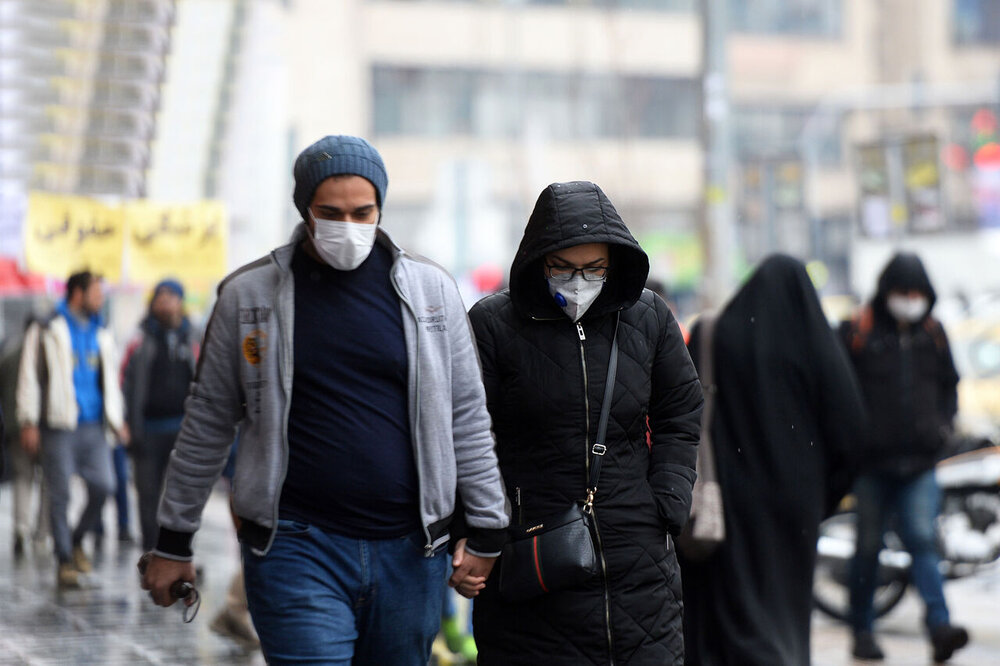Towards a resilient future

TEHRAN – Population growth affect economic development, employment, income distribution, poverty, health, and social protections. To more sustainably address the future needs of individuals, policymakers must understand how many people are living on the planet, where they are, how old they are, and how many people will come after them.
It took hundreds of thousands of years for the world population to grow to 1 billion – then in just another 200 years or so, it grew sevenfold. In 2011, the global population reached the 7 billion mark. It stands at almost 7.9 billion in 2021, and it's expected to grow to around 8.5 billion in 2030, 9.7 billion in 2050, and 10.9 billion in 2100.
This dramatic growth has been driven largely by increasing numbers of people surviving to reproductive age and has been accompanied by major changes in fertility rates, increasing urbanization, and accelerating migration. These trends will have far-reaching implications for generations to come.
The recent past has seen enormous changes in fertility rates and life expectancy. In the early 1970s, women had on average 4.5 children each; by 2015, total fertility for the world had fallen to below 2.5 children per woman. Meanwhile, average global lifespans have risen, from 64.6 years in the early 1990s to 72.6 years in 2019.
In addition, the world is seeing high levels of urbanization and accelerating migration. 2007 was the first year in which more people lived in urban areas than in rural areas, and by 2050 about 66 percent of the world population will be living in cities, the UN says.
These megatrends have far-reaching implications. They affect economic development, employment, income distribution, poverty, and social protections. They also affect efforts to ensure universal access to health care, education, housing, sanitation, water, food, and energy.
Average global lifespans have risen from 64.6 years in the early 1990s to 72.6 years in 2019. But progress is not universal, throwing inequality into razor-sharp relief. The same concerns and challenges raised 11 years ago remain or have worsened: Climate change, violence, and discrimination. The world reached a particularly grim milestone in May: More than 100 million were forcibly displaced worldwide.
In an ideal world, 8 billion people mean 8 billion opportunities for healthier societies empowered by rights and choices. But the playing field is not and has never been even. Based on gender, ethnicity, class, religion, sexual orientation, disability, and origin, among other factors, too many are still exposed to discrimination, harassment, and violence. We do ourselves no favors when neglecting those left behind.
Let no alarmist headline distract from the work at hand: investing in human and physical capital for inclusive, productive societies that uphold human and reproductive rights. Only then can we tackle the enormous challenges facing our planet and forge a world where health, dignity, and education are rights and realities, not privileges and empty promises. In a world of 8 billion, there must always be space for possibility.
Challenges facing Iranian population growth
The productive and young manpower is a factor in the economic and social growth of countries. Certainly, every society needs a young population to walk the path of development.
The first clause of the general population policies states that the development, dynamism, maturity, and youth population of a nation depend on the increase of the fertility rate and population growth.
Iran is experiencing below-replacement fertility — lower than 2.1 children per woman — which indicates that a generation is not producing enough children to replace itself, eventually leading to an outright reduction in population.
According to the population and housing census, the average population growth has decreased in recent years, and this declining trend is a serious warning.
The country’s elderly population is projected to nearly double over the next 20 years, while this trend will occur in other countries over the next 100 years.
The aging population and its negative effects will penetrate into the political, economic, and security position of the country in the region and the world.
By a decree issued by President Ebrahim Raisi, the "Law on Family and Youth Support" approved by the Majlis (Iranian Parliament) was notified to the Ministry of Health and the Vice Presidency for Women and Family Affairs.
The plan stipulates health insurance for infertile couples, providing services and facilities to working women, providing health and nutrition support packages to mothers and children, educational opportunities for student mothers, providing livelihood support to families, and ongoing medical services to pregnant women; if implemented properly.
FB/MG
Leave a Comment